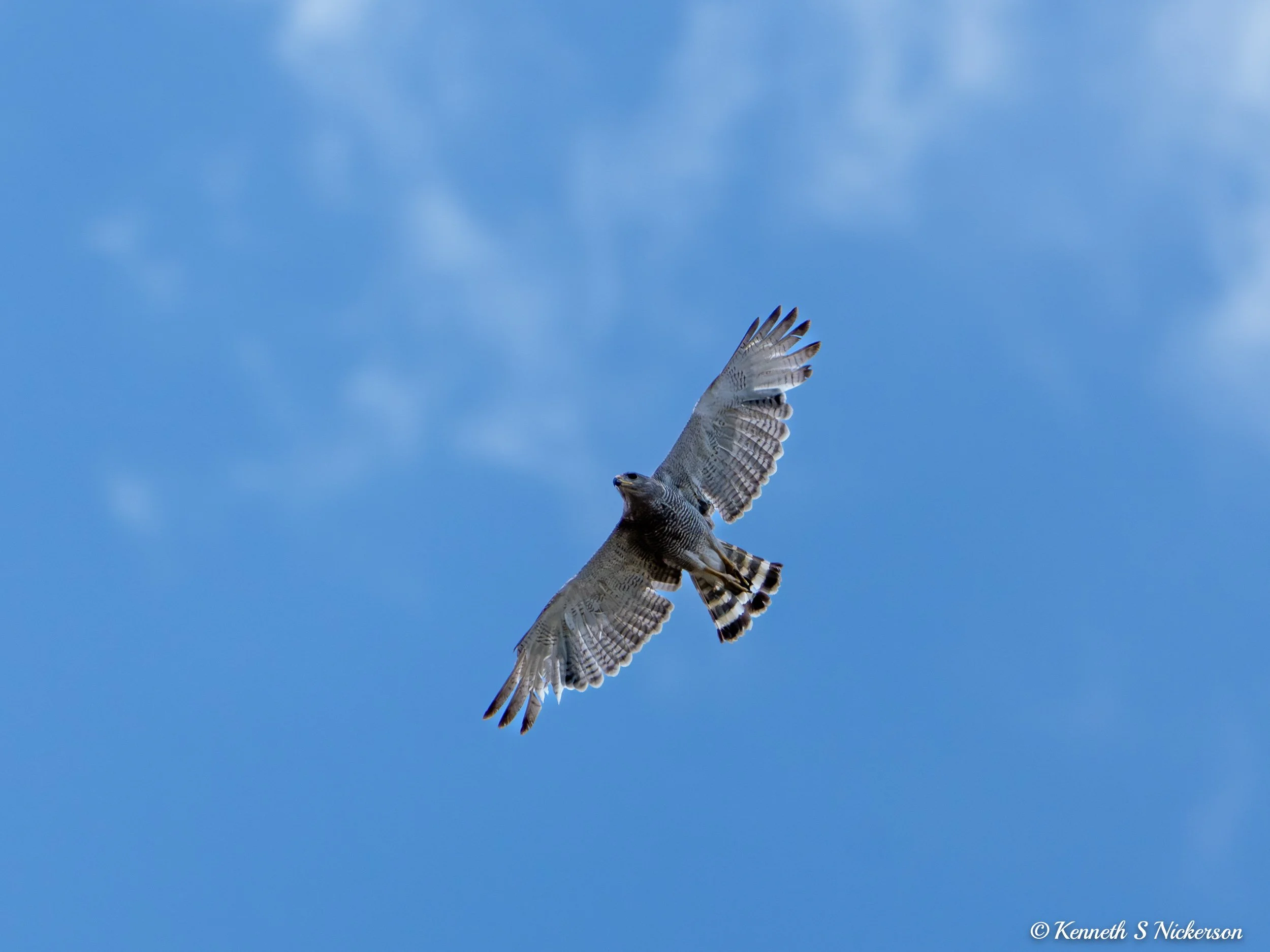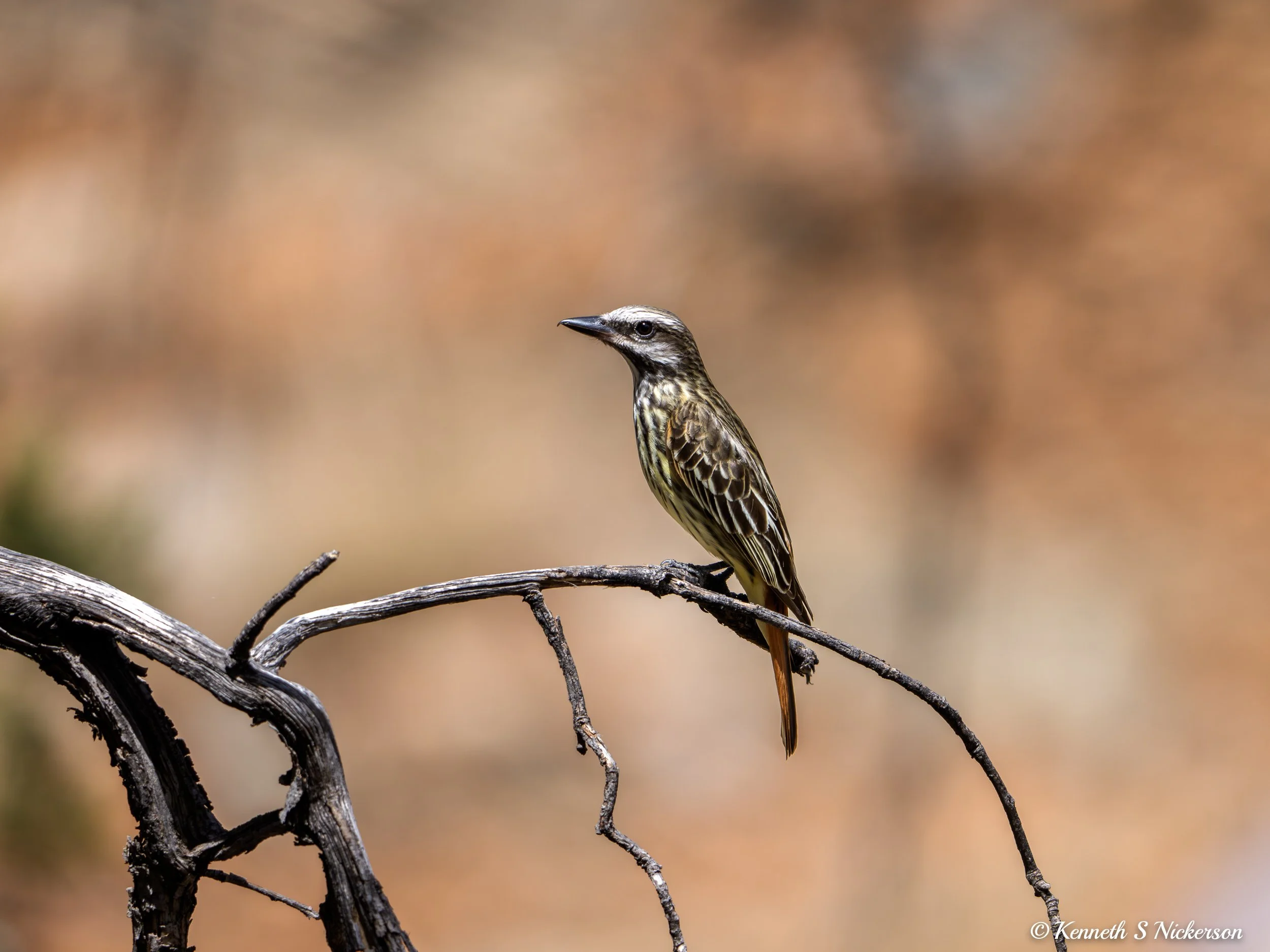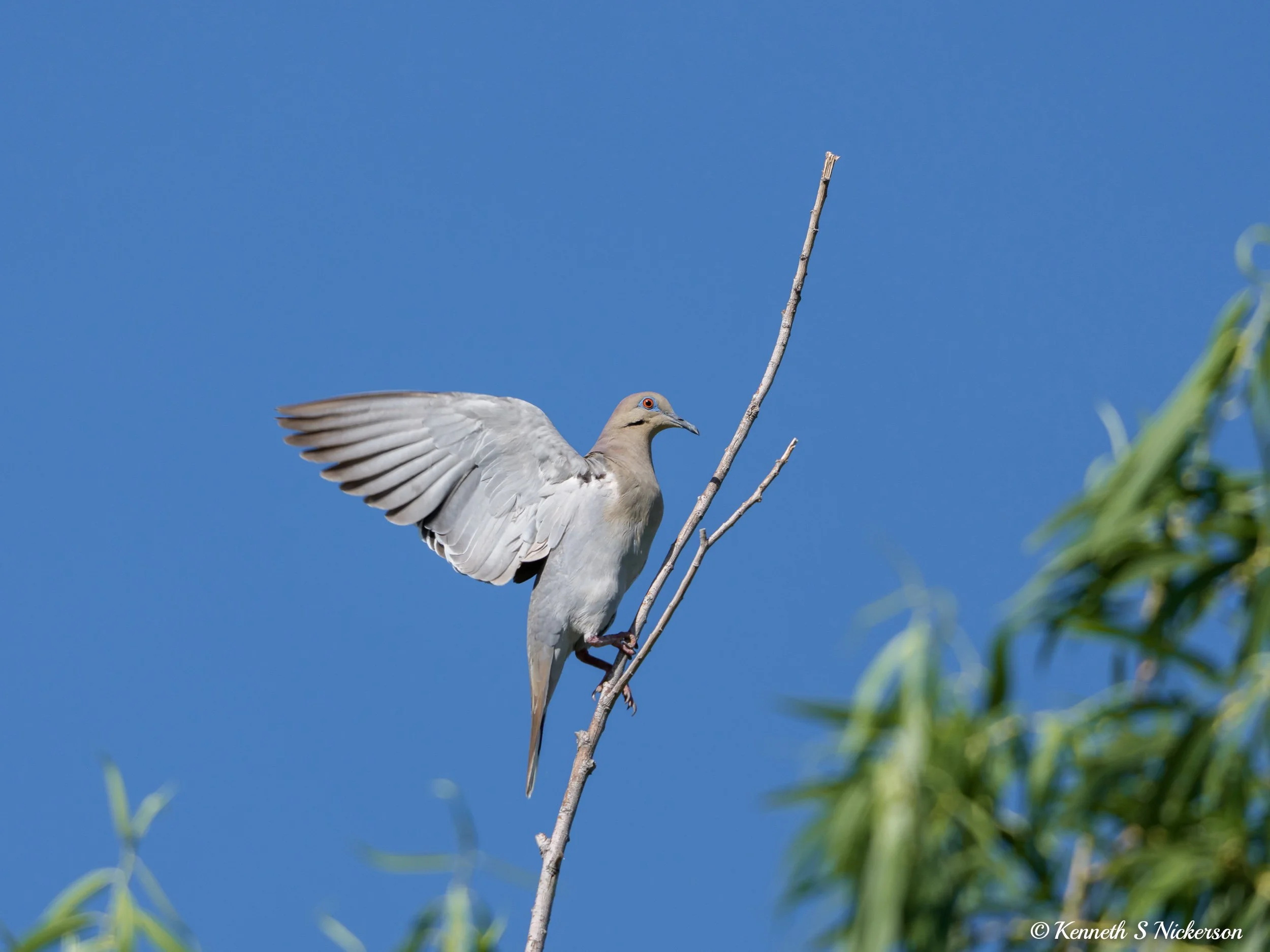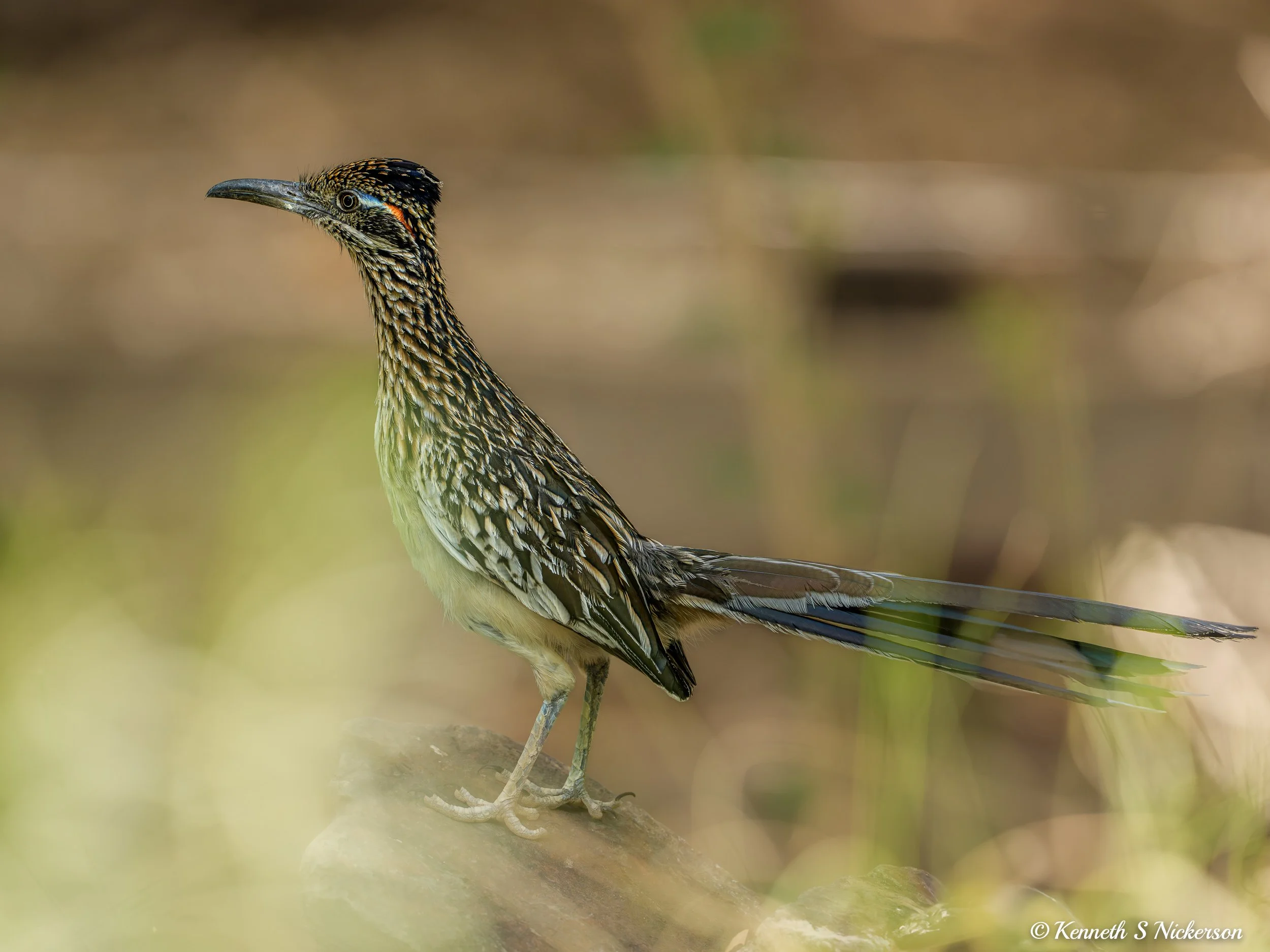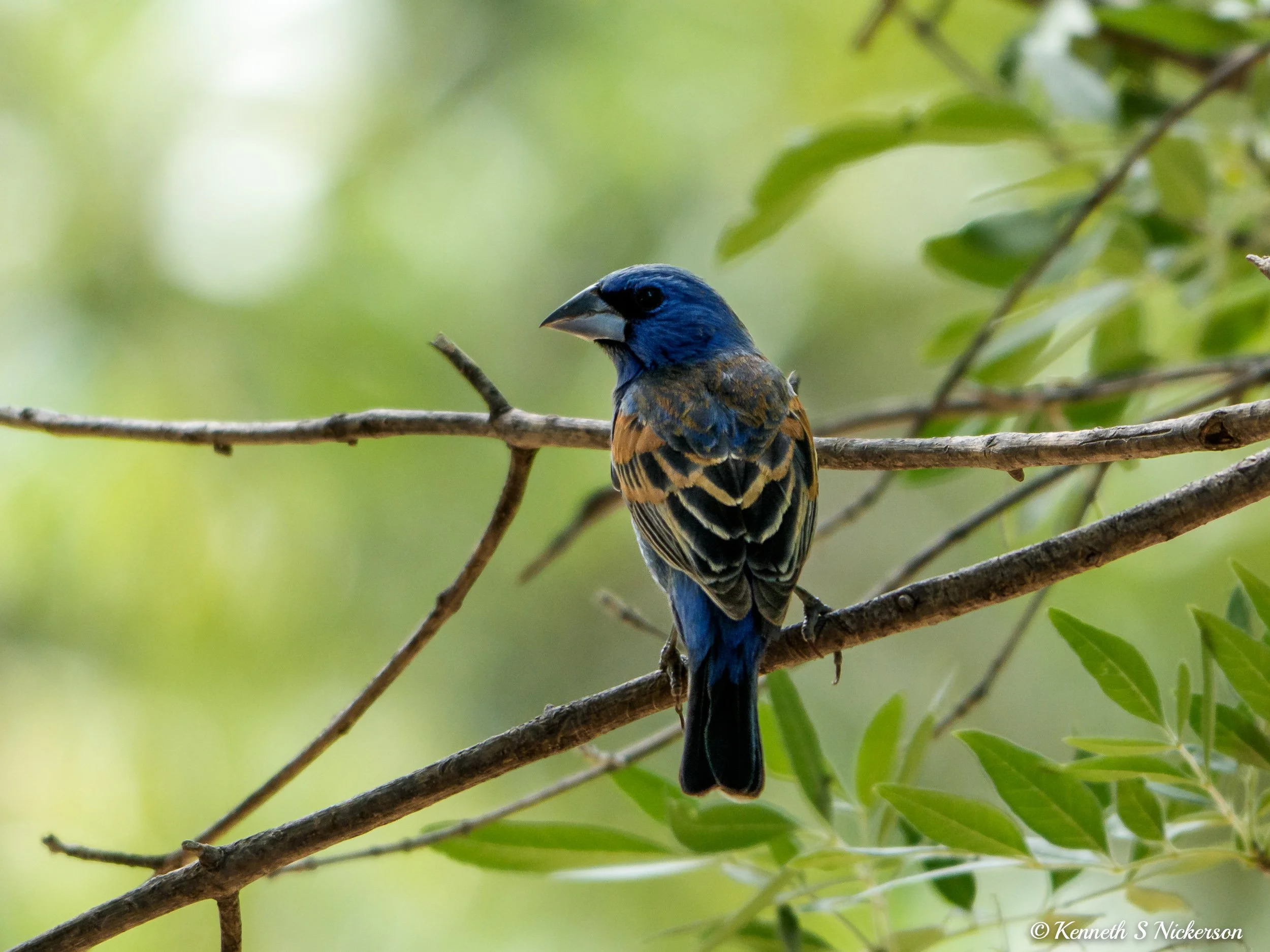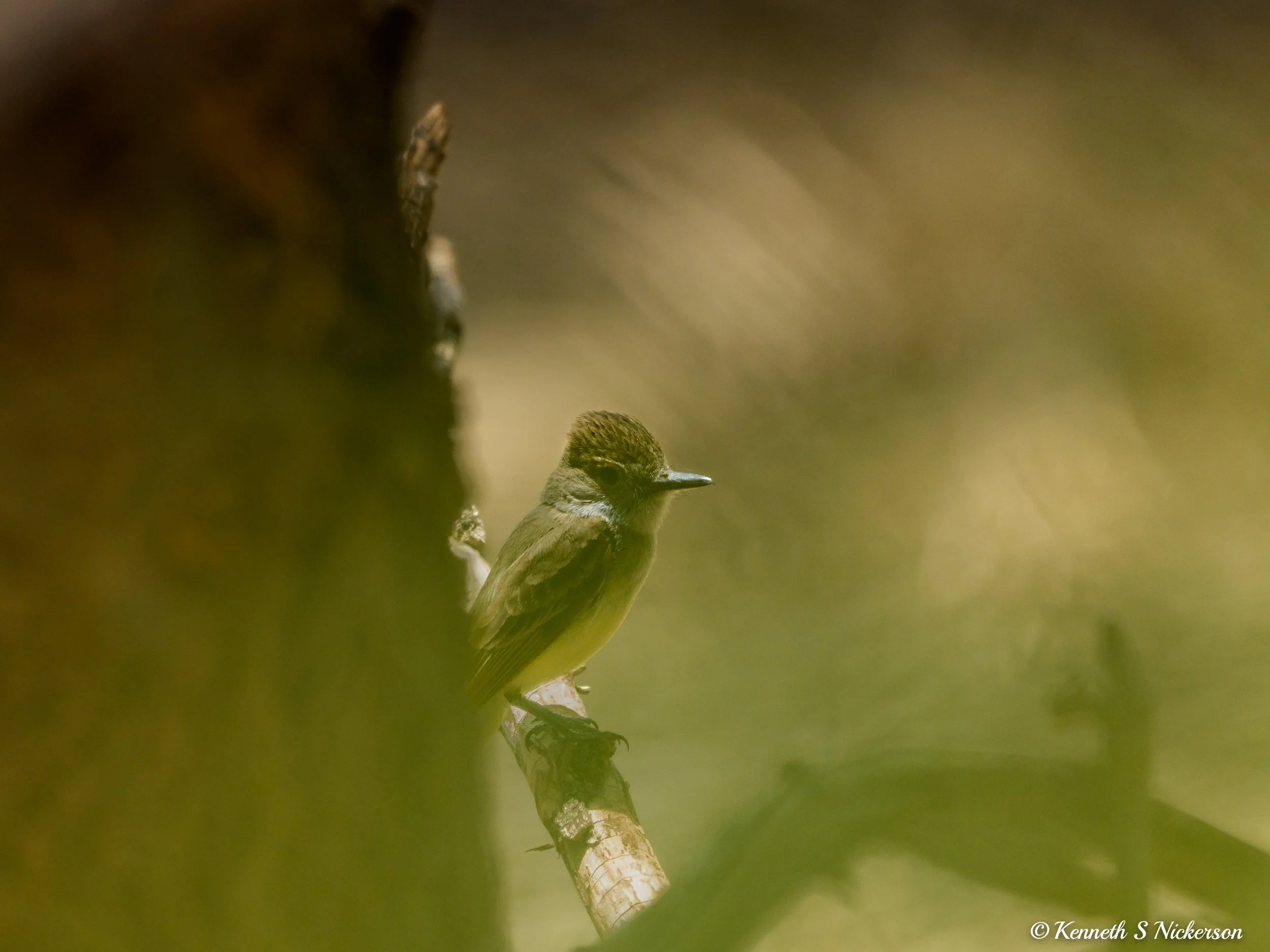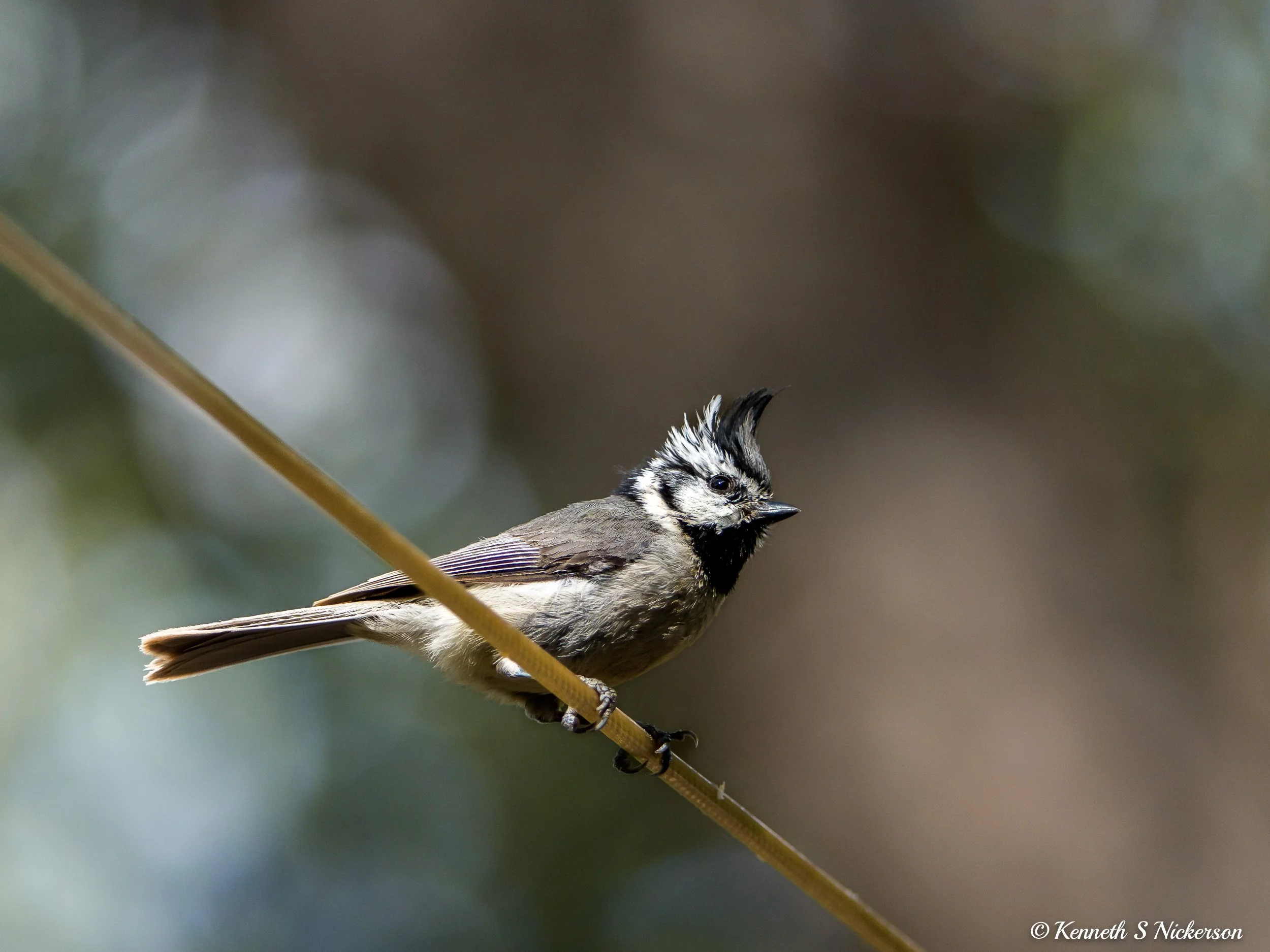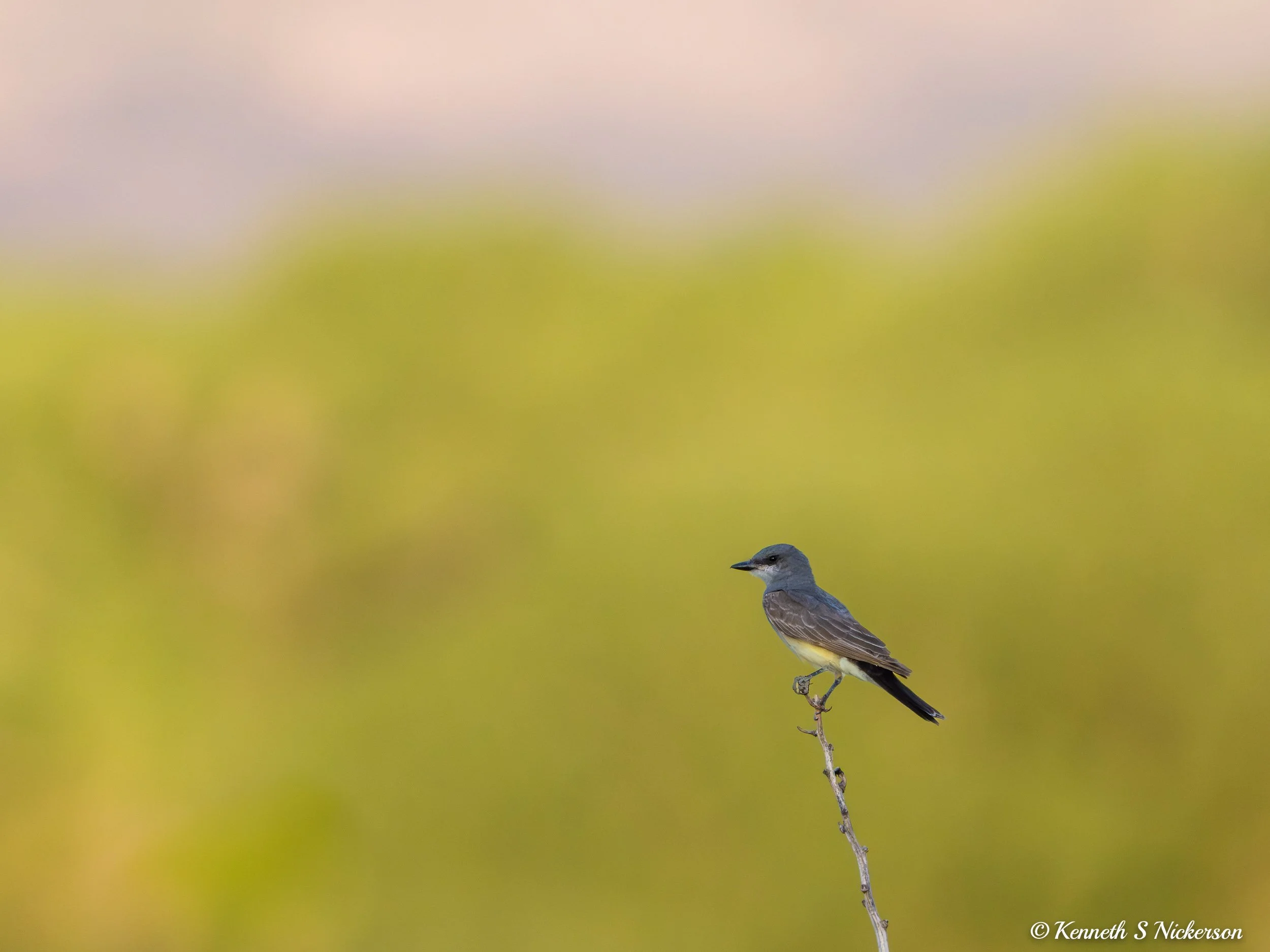Arizona Birding - Days 1 & 2
On my first day of birding, I woke up early and drove several of hours from Phoenix to Madera Canyon south of Tuscon. Stepping from my car at the parking lot, I could see a couple of Lucy’s Warblers flitting in and out of the bushes. I struggled to get a descent photograph, but was able to capture this image at the end of my hike when I returned to the car. Lucy’s Warbler was one of 41 species I added to my life list on this trip.
Shortly after starting my hike, I heard this Gray Hawk calling from overhead. This was not a new life list species for me, but it was a new species for 2025. Kate and I had visited Arizona both in 2022 and 2023. Between the two trips, I had previously added 49 species to my life list including the Gray Hawk. With the 41 new species on this trip, Arizona accounts for 90 of the 460 species currently on my US life.
This is a Sulfur-belied Flycatcher. Its call sounds remarkably like the squeaky sound of a little yellow toy bathtub duck.
After hiking in the mountains through the early afternoon, I drove to Green Valley where I checked into my hotel. With outside temperatures over 100, I chose to begin culling my first batch of photos until closer to sunset. When I went back out, it was still over 100, but at least the intensity of the sun was significantly reduces. I went to a park by a small pond, and there I photographed this Vermilion Flycatcher.
On the morning of my second day, I drove further south to Patagonia Lake State Park. Here I captured this Phainopepla eating some berries.
As I walked along a path in the woods, I came around a corner and was treated to this mother Pyrrhuloxia feeding its very young chicks.
Up in the tops of the trees were plenty of White-winged Doves such as this.
My next stop was the Paton Center for Hummingbirds in Patagonia itself. The center is known for its population of Violet-crowned Hummingbirds. However, it also has a wide variety of other birds that make their home in the carefully nurtured and varied habitats of the center. I was delighted to get this photo of a Greater Roadrunner. My only other photos were much more distant shots. Until I took this photo, I had not known that during the breading season, Greater Roadrunners can display red and blue patches around their eyes.
There was a very large population of Blue Grosbeaks at the center.
Throughout both my first day as well earlier at Patagonia Lake, the Merlin app had heard many Yellow-breasted Chats. There were times when I knew not only which tree the bird was in, but where within the tree it had to be, but I had not been able to get a good view of one let alone a photograph. However, at the Paton Center, this one landed on a fence long enough for me to take this photo.
This is a Dusty-capped Flycatcher, one of the 8 flycatcher species I added to my life list on this trip. Part of the soft focus of this photo comes because I was photographing through some waving grass which was close to me. Besides softening the bottom of the image, the grass created the green cast on the bottom of the photo as well.
This Western Wood Pewee is also a flycatcher. However, like the Vermillion Flycatcher earlier in the post, it was not a new species to me. Phoebe and Kingbird species are also in the flycatcher family.
One of my favorite little birds in Arizona is the Bridled Titmouse. I like the black and white pattern on its head. Time and again, when I see one, I find myself smiling.
This Ladder-backed Woodpecker is one of 4 woodpeckers I saw in Arizona; however, none of them were new to my life list. The Ladder-backed I had first seen in 2025 during my trip to New Mexico.
This Gila Woodpecker was new to my 2025 list, but I had seen it on my prior trip to SE Arizona in 2023.
Up in a tree were a pair of Summer Tanagers. The male is bright red while the female is bright yellow.
After a few hours at the Paton Center, I drove to Ramsey Canyon where I checked into my hotel. Before calling it a night, I drove out of the canyon down to the San Pedro River where I had seen many bird species in 2023. However, because of over 18 months of drought, the river was dry in most places with just occasional small pools of standing water. As a result, there were very few birds around. I did photograph this Cassin’s Kingbird as the sun was disappearing behind the mountains.
I hope to write another post with more birds fairly soon.

